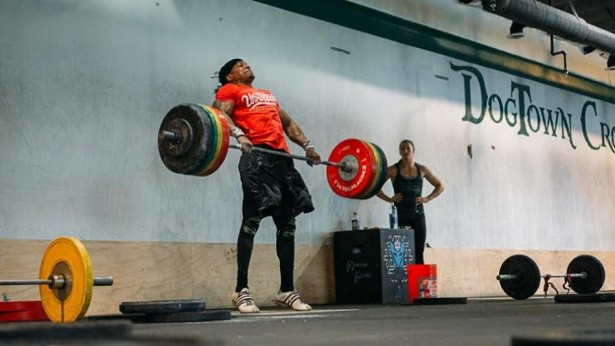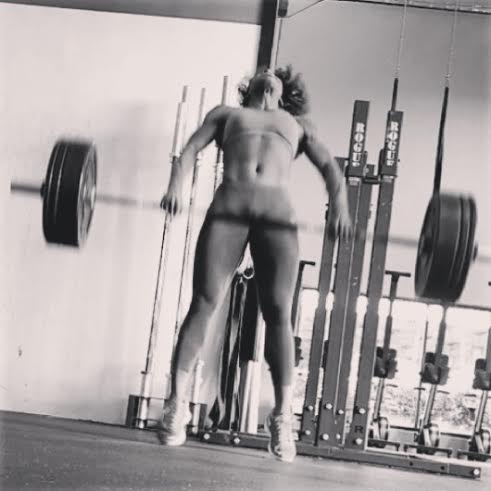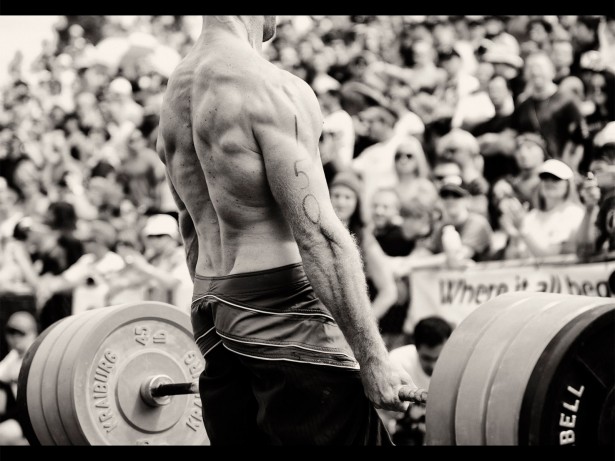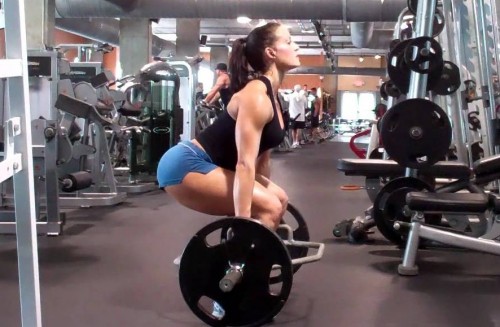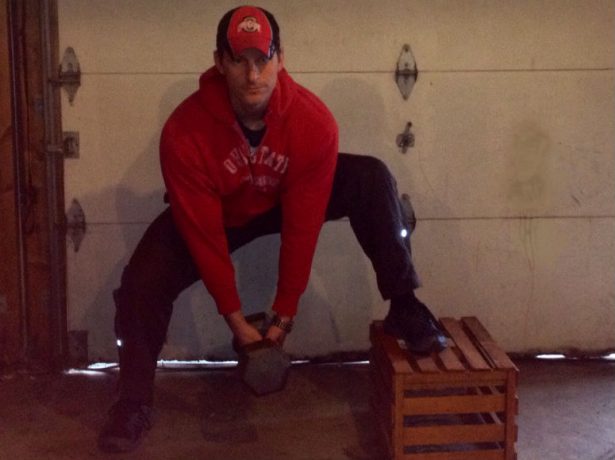If you’ve been Crossfitting for some time I’m sure you’ve come across the term “barbell complex”.
So what exactly is a barbell complex?
Are there do’s and don’ts?
How or when would you implement it into your training? Let’s answer those questions.
What Is A Barbell Complex?
A barbell complex is a sequence of exercises where you move seamlessly from one movement to the next, performing each for about 5 to 10 reps without letting the barbell touch the ground.
Essentially, it’s like circuit training, but you’re sticking to just one piece of equipment: the barbell. You’ll typically choose between 4 and 6 different exercises to include in your complex, and each set of these exercises constitutes one round.
Once you’ve completed all the exercises in your chosen sequence, that’s when you get a break. You’ll rest for a brief period, usually around 1 to 3 minutes, to catch your breath and prepare for the next round. Most people aim to complete about 5 sets, although you can adjust this based on your fitness level and goals.
The beauty of a barbell complex is that it’s versatile, intense, and efficient, making it a go-to choice for those looking to elevate both their strength and cardiovascular fitness.
Here’s an example:
| Exercise | Weight | Reps |
| Deadlifts | 90 | 5 |
| Power cleans | 90 | 5 |
| Front squat | 90 | 5 |
| Push Press | 90 | 5 |
Rest 60 seconds
Repeat 5 times
You get the most out of barbell complexes when you choose exercises that involve moving multiple joints through their full range of motion.
Benefits of Barbell Complexes
Barbell complexes offer a mix of strength and cardio benefits, making them highly effective for both muscle building and fat loss. One big advantage is the time efficiency; you can get a full-body workout in a shorter time frame compared to traditional workouts. You hit multiple muscle groups in quick succession, maximizing calorie burn and elevating your metabolic rate for hours after the workout.
Another benefit is the improvement in muscle endurance and cardiovascular fitness. Since you’re constantly moving from one exercise to another with minimal rest, your heart rate stays elevated. This creates a conditioning effect similar to high-intensity interval training (HIIT).
They’re also excellent for skill development. Because you’re doing a range of exercises back to back, you’re honing different skills and muscle movements, from squats and deadlifts to presses and rows. This diversity not only keeps your workouts interesting but also makes you a more well-rounded athlete.
When to include barbell complexes in your training
Barbell complexes can be included three ways. The first is as a warm-up. Here, you’ll want to use either just the bar or a very lightweight.
The second is as a workout itself. Here, the best way to gauge what weight to use is to go by the exercise that’s most difficult for you. Let’s take the example we used above.
If the push press is the most difficult for you, you want to go with the weight you can handle on push presses (even if you could handle more weight on the deadlift). The point being that you don’t want to use a weight that won’t allow you to finish the reps for all the exercises in a given set. Not only will you be very glad you did, but most importantly, you won’t sacrifice form or technique.
And thirdly, barbell complexes can be used as a finisher. When including these as a finisher, use a lighter weight than you normally would. You want to challenge your body but not over-train it.
Depending on where you’re incorporating the barbell complexes, you’ll want to be careful how often you do them.
If you’re doing them as a warm-up, it would be OK to do them before every workout.
If you’re doing them as a workout, twice a week is enough; as you will be going as heavy as you can. You want to allow yourself a good amount of recovery time to prevent injuries.
Barbell Complex Do’s and Don’ts
Always start with the more complex movements and finish with the less complex ones. The exercises should also flow. With the barbell complex, you can’t put the bar down during a set. That means you can’t put the bar down to switch hand grips or change body position. You go from one exercise to the other until they’re all done before you rest.
They don’t have to be complex (pun intended), just intense enough for you.
An example of a bad barbell complex is:
Deadlift
Back squat
Hang clean
Reverse lunge
Why is this a bad example? Because; the exercises do not flow well together. You have the bar going from in front of you to behind you to back in front. Another element that would make it a bad example is if you had different reps for each.
To correct the above example, it would look like this:
Reverse lunge
Back squat
Deadlift
Hang clean
What makes this a good example is that the bar starts behind you then goes in front of you and stays there. You want the complex to be as efficient as possible. Reps should also be kept the same for all exercises in the complex.
CrossFit’s own Bear Complex involves the following exercises:
Power clean
Front squat
Push press
Back squat
Behind the neck push press
One rep each, 7 times before taking a break (that is one set). Repeating 5 times.
A Few Notes on Barbell Complexes
Before doing barbell complexes, always make sure that you can do all the exercises with proper form and technique. If there is an exercise you haven’t done or need more practice with, either replace it with something else or delete it (just make sure that the order of exercises still flows).
The barbell complex is an advanced circuit-type exercise. If you’re new to it, start slow. Remember, you should be able to do every exercise in the barbell complex correctly without compromise. If you keep the reps low, it will allow you to use a heavier weight. If in doubt about what amount of weight to use, start a little lighter than you think you can handle. You can always add weight in between sets.
When done correctly and with good form, barbell complexes will give you great results. They’re also versatile so you can implement it into your training no matter what level you’re at.
About the author
Josh Blackburn is NASM-CPT and Underground Strength Coach, who loves CrossFit, Strongman training, and helping people reach their athletic potential. He is also the founder of the Athletic Muscle, where he shares information to help you build muscle, gain strength, and improve performance. If you would like to learn the top 10 exercises to build athletic muscle, you do so here.

